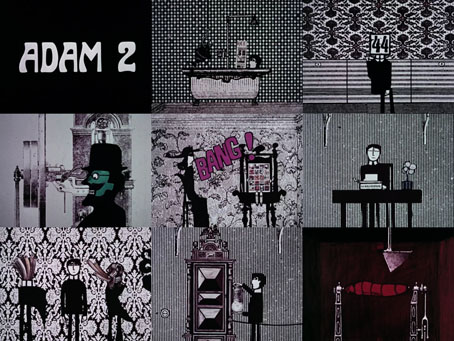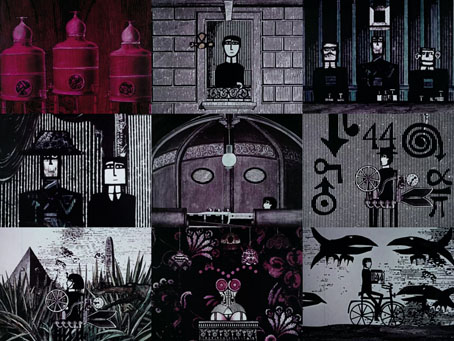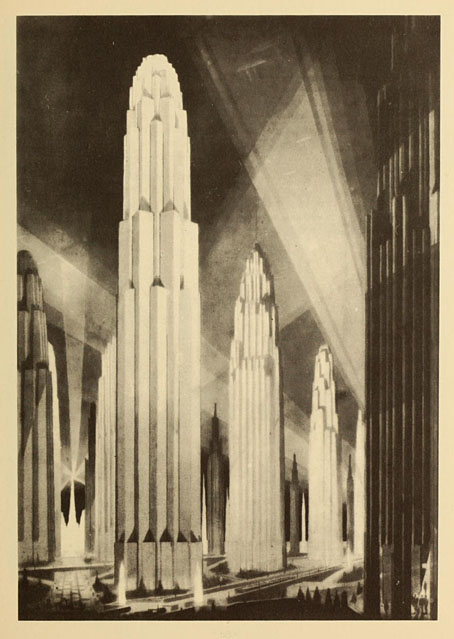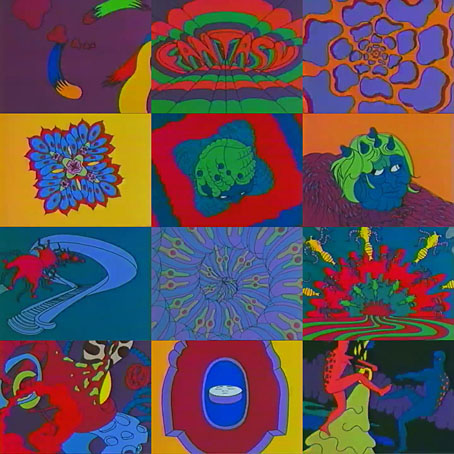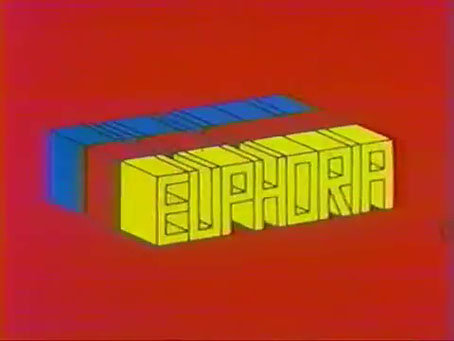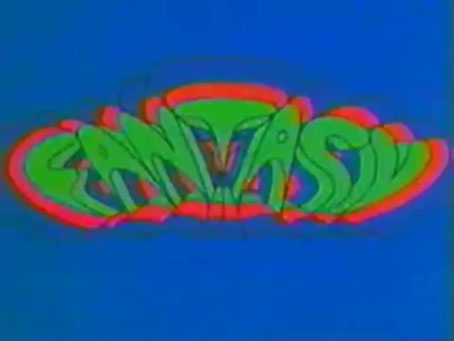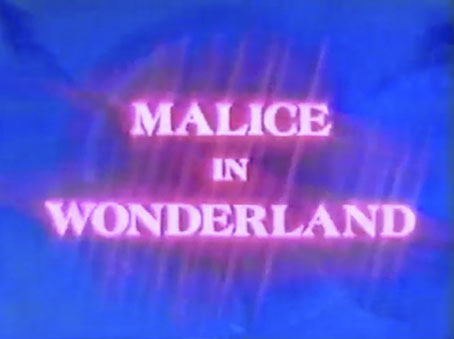Ubuweb slipped into archival stasis earlier this year, which means that everything uploaded there will remain as it is but we won’t be seeing anything new. I don’t know when this Harry Smith short was posted there but it’s one I haven’t seen before. (There’s also a copy at Rarefilmm where I evidently missed it.) Oz, The Tin Woodsman’s Dream was made in 1967, and is one of the fragments of a much longer film that would have adapted L. Frank Baum’s The Wonderful Wizard of Oz using a similar cutout animation technique to that deployed by Smith for Heaven and Earth Magic. The adaptation remained unfinished after Smith’s backer died but the extant pieces (including another self-contained short, The Magic Mushroom People of Oz) show him working in widescreen 35mm for the first time.
All of Smith’s films were given opus-style numbers: Heaven and Earth Magic is no. 12, The Magic Mushroom People of Oz is no. 13, and The Tin Woodsman’s Dream is no. 16. As with the films of Len Lye and other animation pioneers, Smith’s early shorts are often given a “psychedelic” label even when they predate the popular use of the term. The Tin Woodsman’s Dream is one of those where the psychedelic quotient becomes overt, comprising a few minutes of animated play with the title character and a small dog, followed by many minutes of kaleidoscoped film footage that’s more redolent of its period than Smith’s other films. I’m happy to watch the kaleidoscopics but this is the kind of thing that any number of film-makers might easily do. The Woodsman, the dog and the other characters are inhabitants of Smith’s inner landscape, as are the fly agaric mushrooms that appear here and in his other films. It’s a shame we didn’t get to see more of them. There’s no soundtrack for this film so you can either watch the gesticulations in a Stan Brakhage silence or find 15 minutes of music to match the visuals.
Previously on { feuilleton }
• Number 10: Mirror Animations, a film by Harry Smith
• Number 11: Mirror Animations, a film by Harry Smith
• Meeting Harry Smith by Drew Christie
• Heaven and Earth Magic by Harry Smith
• Harry Smith revisited
• The art of Harry Smith, 1923–1991





